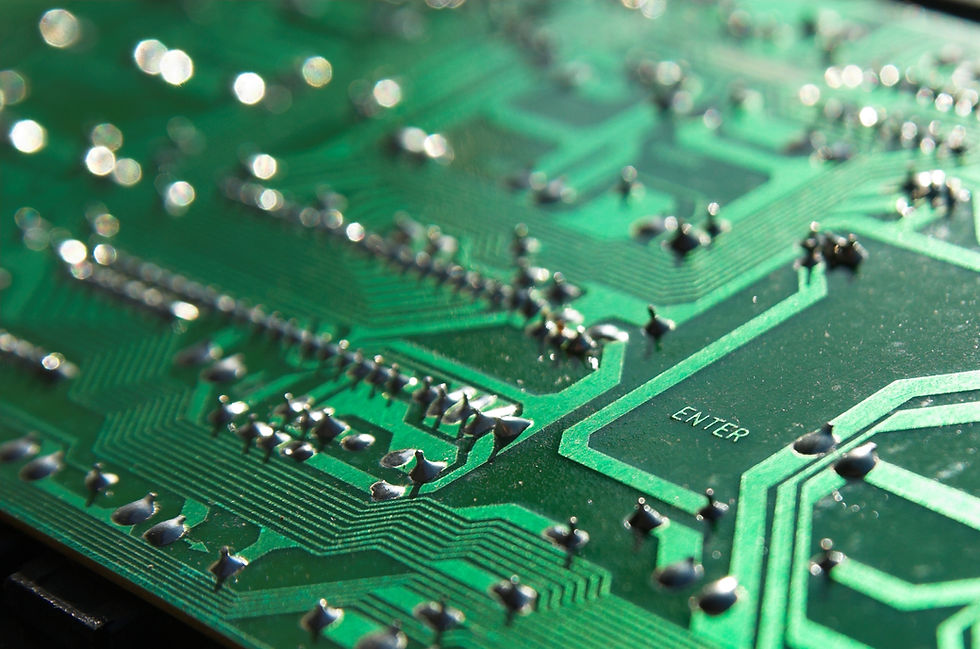
We know that the speed of light is 299,792,458 m/s. But can we somehow calculate this speed at home or in the classroom? To calculate the speed of light, all you need is a microwave oven, a microwave-safe dish, a bag of marshmallows, a ruler, a calculator, and the following equation to calculate the speed of light - c = f where:
c = the speed of light = 300,000 km/s or 3.0 x 108 m/s
= the wavelength of light, usually measured in meters or Ångströms (1 Å = 10-10 m)
f = the frequency at which light waves pass by, measured in units of per seconds (1/s).
PROCEDURE
Place the mini-marshmallows in the dish one layer thick.
If your microwave has a rotating platform, remove it. We don’t want the dish to rotate.
Put the dish in the microwave for 10 seconds.
When you remove the dish, you’ll notice only certain parts are melted. (Time may depend on the microwave – if all or none of your marshmallows melted, adjust the time.)
Measure the distance between the closest melted marshmallow hot zones using your ruler. Measure in centimeters. This is half the wavelength of a microwave.
Look for a sticker on your microwave that tells you its frequency in Hertz (Hz). Most microwaves are around 2450 MHz. Note: MHz = 10^6 Hz
Use the following equation to find the speed of light: Speed of light = 2 x (distance between melted spots) x (frequency of microwave)
How close were you?

WHAT’S GOING ON? Microwaves are a form of electromagnetic radiation, just like light, but they are beyond the visible spectrum so we cannot see them. A microwave oven works by creating a standing wave in the microwave. The peaks of the wave heat faster and melt the marshmallows first. What you measure is half the wavelength of the microwave light. The arrow shows one full wavelength of microwave light.
Calculate the speed of light using marshmallows & microwave oven
Contact us to learn about our future STEM programs.
Source -
www.wikipedia.com
https://wonders.physics.wisc.edu/



